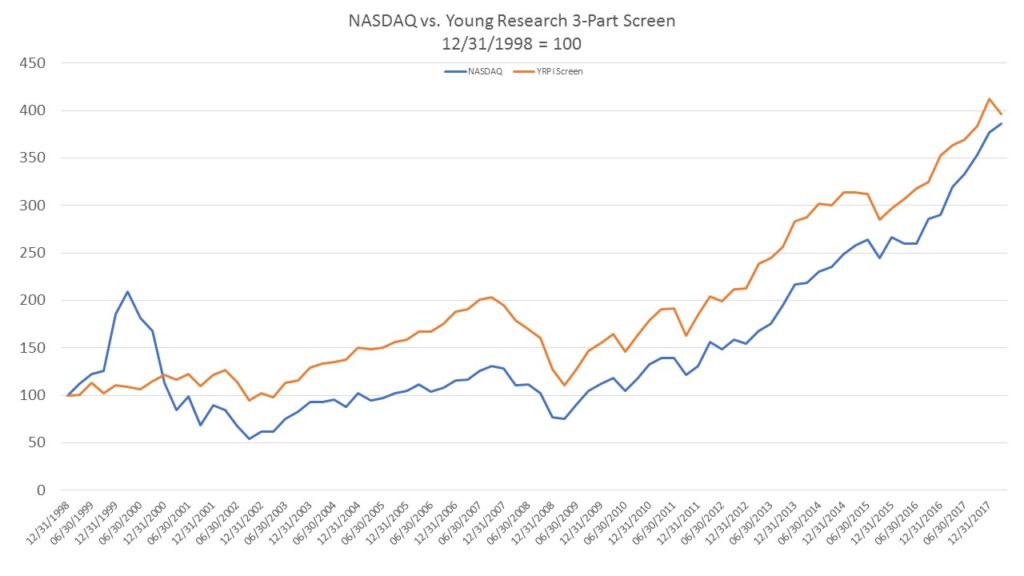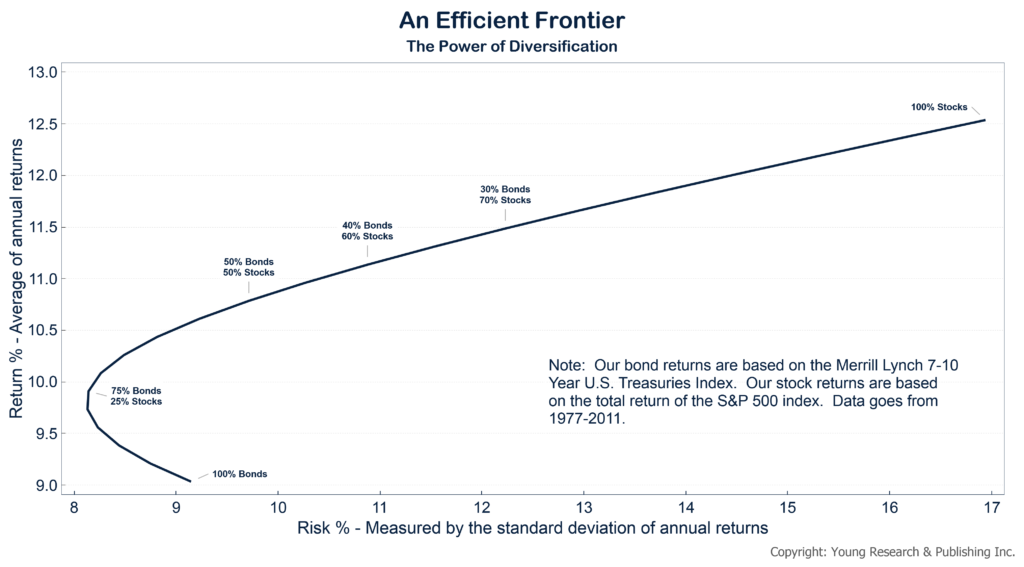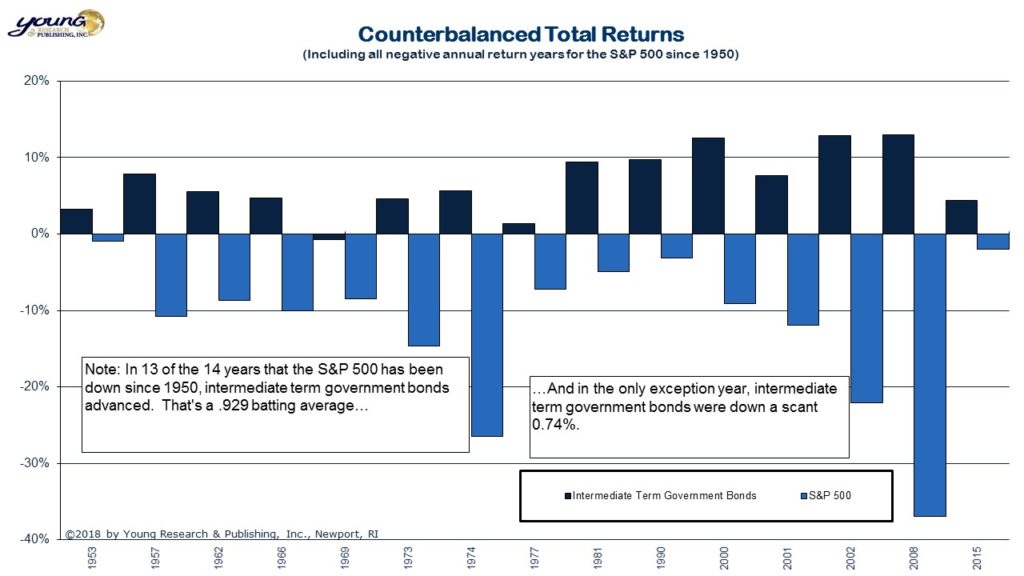
Model Guidance: No Changes for the Week
My short-term Bull & Bear Portfolio consists of 10 equally-weighted long positions and 5 equally-weighted short positions. Both the long and short stocks are selected from the Dow Jones Industrial Average. If the Dow advances over the period in which my 15-Dow stock portfolio is open, the model will make money with the stocks that advance and will lose money with the stocks that decline. And the opposite will prevail for the short stocks. Each week, I will review the model portfolio for potential changes. If no changes are required, I’ll simply post no changes for the week. You can read more about my Bull & Bear Portfolio here.
Featured Company: Intel Corporation (NASDAQ:INTC)
In 1968, the year 2001: A Space Odyssey was released, mankind was looking to the stars and the future of technology. The Apollo space program was heating up in preparation for the moon landing the year after. Computers were being made smaller and more powerful in order to the meet the demands of the space program and other advanced technological undertakings.
That same year, two men named Bob Noyce and Gordon Moore founded Intel. The company’s first product would be produced in 1969. It was the 3101 Schottky bipolar random access memory (RAM). The team would also break ground by introducing the world’s first metal oxide semiconductor static RAM, the 1101. By 1970 Intel had upended the entire industry by introducing the 1103 DRAM, a new standard in computer memory technology.
Intel’s hits would keep on coming. In 1974 the company introduced the first general-purpose microprocessor. In 1975 Intel processors were shipped on one of the first PCs, the Altair 8800. In 1981, computing giant IBM would select Intel’s processors for its line of PCs. In 1992 Intel became the world’s largest semiconductor supplier. Through the 1990s Intel would introduce and continuously improve its Pentium line of processors. In 2006 Intel introduced the world to the first quad-core processor for desktop computers.
Today Intel is transforming its business from a focus on PCs to a focus on the cloud and smart devices. Patrick Moorhead summarized Intel’s new strategy well at Forbes, writing:
Intel has been on the move for the past few years driving an incredible amount of change. Once focused exclusively on X86 processors for PCs and servers five years ago, the company has branched out into what it calls “data-centric” which takes datacenter and adds automotive via a MobilEye acquisition, FPGAs via an Altera acquisition, machine learning training via a Nervana and Movidius acquisition and diving head-first into 5G and networking. With that, the company has embraced heterogeneous computing where it is more agnostic about what compute unit does a specific workload, be it CPU, GPU, FPGA, programmable and non-programmable ASIC. Lots of change.
Now, after a strong first quarter Intel has raised its revenue target for 2018 by $2.5 billion. Intel’s data-centric businesses accounted for 49% of the company’s revenue, an all-time high. Intel CFO Bob Swan explained “Compared to the first-quarter expectations we set in January, revenue was higher, operating margins were stronger and EPS was better. Our data-centric strategy is accelerating Intel’s transformation, and we’re raising our earnings and cash flow expectations for the year.”


